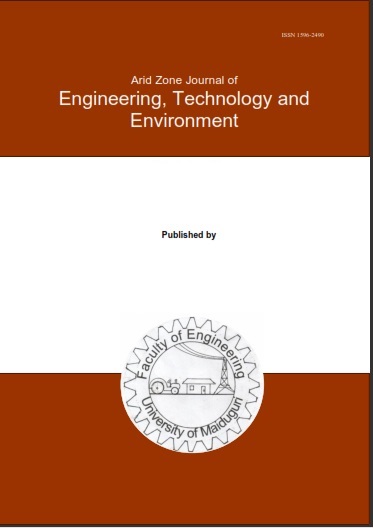Abstract
Guna (Citrullus vulgaris) is a type of melon seed traditionally extracted from its gourds after fermentation. This study investigated the effect of fermentation on the physical, proximate, and functional properties of guna seeds. Fresh gourds were divided into three treatments namely; control (0 day), 7-day fermentation, and 14-day fermentation and shade-dried. Standard analytical methods were employed for the analyses. The results showed that fermentation had no significant effect (P > 0.05) on seed length (6.05–6.07 mm), width (3.43–3.46 mm), thickness (1.46–1.51 mm), sphericity (0.51–0.52), arithmetic diameter (3.65–3.68 mm), geometric diameter (3.12–3.17 mm), aspect ratio (56.69–57.10), or surface area (30.54–31.48 mm²). However, 1000-seed mass (31.78–34.60 g) and bulk density (1.64–1.82 g/cm³) were significantly affected (P < 0.05), decreasing with longer fermentation time. Proximate analysis revealed moisture (4.63–4.78%), ash (3.11–3.37%), protein (23.70–29.95%), fat (25.71–28.63%), fibre (18.54–19.21%), and carbohydrate (17.67–20.72%). Fermentation significantly (P < 0.05) increased moisture, protein, and ash contents, while reducing fat, fibre, and carbohydrate values. Functional properties improved with fermentation time, including higher water absorption capacity (73.97–82.00%), oil absorption capacity (54.12–66.67%), foam capacity (17.22–21.11%), and foam stability (12.78–13.89%), alongside reduced flour bulk density (1.15–1.18 g/cm³). In conclusion, 14-days fermentation time enhanced protein and ash content, improved hydration and oil-binding properties, and lowered bulk density, indicating potential for guna seed protein supplementation in food applications.

This work is licensed under a Creative Commons Attribution-NonCommercial-NoDerivatives 4.0 International License.
Copyright (c) 2025 ARID ZONE JOURNAL OF ENGINEERING, TECHNOLOGY AND ENVIRONMENT

